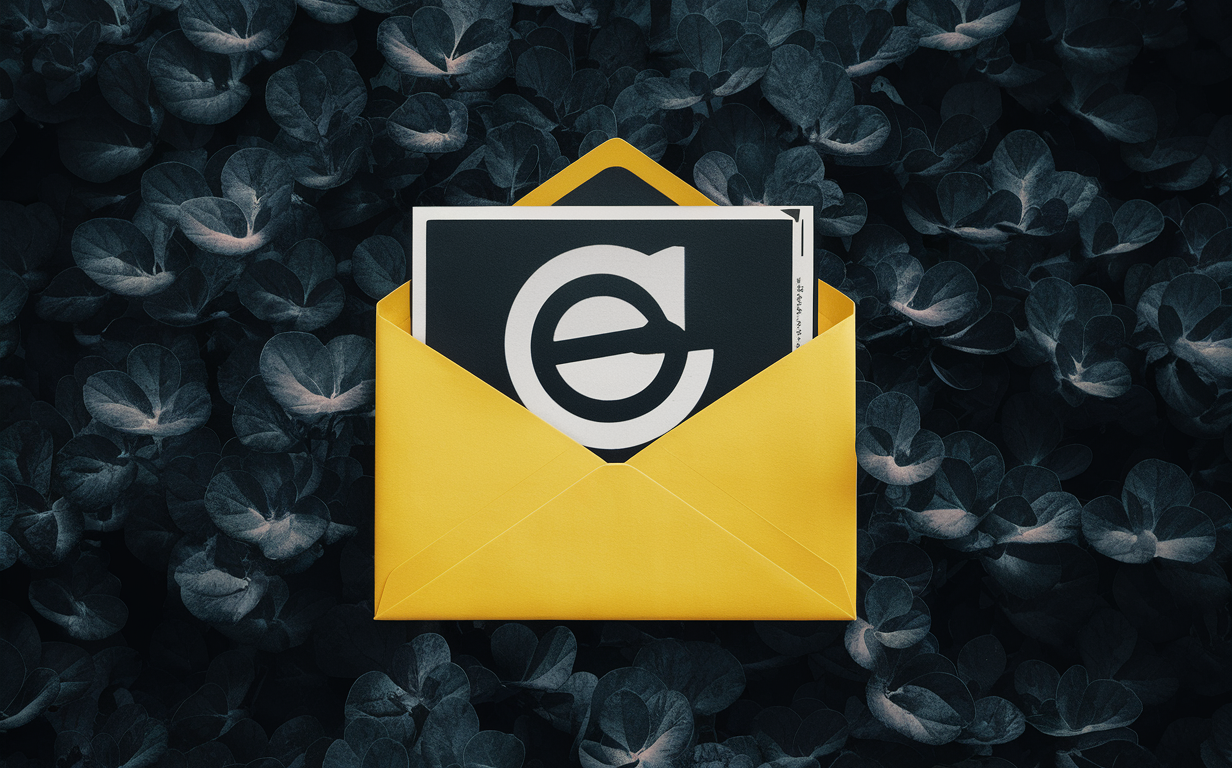Whether it’s for professional communication, networking, or connecting with friends, knowing how to write an email effectively is a skill everyone should master. Well-crafted emails convey your message clearly, maintain professionalism, and encourage timely responses. But writing an email can be nuanced—tone, format, and etiquette all play a role in how your email is received. This guide covers everything you need to know about how to write an email that’s clear, effective, and gets results.
Why Knowing How to Write an Email Matters
Learning how to write an email is essential in today’s digital world. Emails are often the first form of contact in professional settings, and even casual messages benefit from a clear and organized approach. When you know how to structure your email well, your message is more likely to be read, understood, and responded to quickly. In professional environments, emails reflect your attention to detail and respect for the reader’s time.
For instance, if you’re reaching out for networking opportunities, using a polished and concise email structure can make all the difference. For ideas on crafting professional subject lines, you might consider exploring networking email subject line to understand how to set the right tone from the start.
Steps to Writing an Effective Email
Writing an email involves more than just typing out your message and clicking send. Here are some essential steps to follow:
1. Choose a Clear Subject Line
A good subject line tells the recipient what the email is about in a few words. Keep it clear and concise to capture the reader’s attention without making them guess what’s inside. Avoid vague terms and be specific about the topic. A clear subject line, such as subject line for a job inquiry email, signals professionalism and ensures your message gets noticed.
2. Start with a Polite Greeting
A respectful greeting sets the tone for your email. Use “Dear [Name]” or “Hello [Name]” if you know the recipient’s name. If not, a simple “Hello” or “Good morning” works fine. In more formal settings, “Dear Mr./Ms. [Last Name]” is suitable, while “Hi” or “Hey” works well for casual emails among colleagues.
3. Write a Strong Opening Line
Your first sentence should introduce the purpose of your email clearly and politely. This line helps your reader understand why they’re receiving your message. For example, if you’re following up on a previous conversation, start with, “I’m reaching out to follow up on our recent discussion about…” This brief introduction keeps your message clear and on track.
4. Organize Your Message with Structure
Use short paragraphs and headers, if applicable, to structure your email clearly. Each paragraph should focus on one main point to make it easier for your reader to follow along. Adding lists or bullet points can also make information digestible, especially in emails involving multiple points or instructions.
For example, if you’re outlining several points in an email, using a bulleted list like the one below can improve readability:
- Project updates
- Upcoming deadlines
- Team responsibilities
5. Include a Call-to-Action or Request
Always specify what you’re hoping to achieve with your email. If you need a response, be explicit. For example, if you’re writing to confirm a meeting time, say, “Please let me know if 3 p.m. on Tuesday works for you.” Clarity around the next steps makes it easy for the recipient to understand what’s expected.
6. End with a Polite Closing
Sign off with a polite closing phrase, such as “Best regards,” “Thank you,” or “Sincerely.” Adding your name and contact information at the end of every email ensures your reader can easily reach you if needed. You might consider browsing signature hound for tips on crafting a professional email signature.
Tips on How to Write an Email for Different Scenarios
Every email has a purpose, and the tone and structure should reflect that purpose. Here are a few examples of how to write an email for common scenarios:
Writing a Professional Email
When writing a professional email, focus on clarity, courtesy, and a straightforward tone. Professional emails are generally more formal and to the point. Here’s an example structure for a professional email:
- Subject Line: Clearly state the purpose, such as “Meeting Request” or “Project Update.”
- Greeting: Use “Dear” or “Hello [Name].”
- Introduction: State your purpose in the first sentence.
- Body: Present your information or request in short paragraphs.
- Closing: Use a formal closing, and include your full name, position, and contact information.
For examples of concise subject lines that convey purpose, check out subject line for thank-you email for professional email ideas.
Writing a Casual Email to Colleagues
Casual emails are less formal and can use a friendly tone. However, it’s still essential to keep the email organized and clear. Start with “Hi [Name]” and keep the message brief but friendly. This type of email is ideal for internal communications that don’t require a formal tone, such as what does PS mean in emails where informal sign-offs add a personal touch.
Sending a Follow-Up Email
If you’re following up on a previous email, mention the original message at the beginning. This gives context and refreshes the recipient’s memory. Start with a friendly opening, like “Just following up on my last message…” and end with a gentle reminder for a response.
Common Mistakes to Avoid in Email Writing
Even a well-written email can fall short if certain common errors aren’t avoided. Here’s what to watch for:
1. Overly Vague Subject Lines
Your subject line should clearly indicate the topic. Avoid generic phrases like “Important Info” or “Quick Question.” Being specific in your subject line helps the reader understand the purpose right away.
2. Skipping the Proofread
Sending an email without proofreading can lead to embarrassing mistakes. Spelling errors or typos can leave a poor impression, especially in professional settings. Taking a minute to proofread can make a significant difference in clarity and professionalism.
3. Using Casual Language in Formal Emails
In professional contexts, it’s essential to maintain a respectful tone. Avoid overly casual language, such as abbreviations or slang, and keep the language clear and formal. If you’re unsure about tone, read more about effective communication in subject lines for cold emails to enhance clarity.
4. Being Ambiguous About Action Steps
If your email includes a request or requires action, be explicit about what you need. Leaving the recipient unsure about the next steps may lead to delays or misunderstandings.
5. Adding Recipients Incorrectly
Always double-check your recipient list. Adding the wrong person or accidentally CCing instead of BCCing can lead to privacy concerns. When you’re emailing multiple people, be cautious with CC and BCC options to protect recipients’ information.
Checklist for How to Write an Email Effectively
Here’s a quick checklist to guide you through crafting a successful email:
- Choose a clear, specific subject line: Make it direct and relevant.
- Start with a respectful greeting: Tailor it based on the formality.
- Introduce your purpose in the first line: Be upfront about why you’re reaching out.
- Structure the body for readability: Use short paragraphs, lists, or bullet points if necessary.
- Specify a call-to-action: Clarify any response or follow-up needed.
- Close with a polite sign-off: Include your name and contact information.
FAQs on How to Write an Email
Q1: What should I include in a professional email signature?
A professional email signature generally includes your full name, position, company, and contact details. Additional links to professional profiles, like LinkedIn, can also be beneficial.
Q2: How long should my email be?
Your email should be as concise as possible while covering essential points. In most cases, aim for a few short paragraphs. Lengthy emails can be broken up into bullet points or numbered lists for easier reading.
Q3: When should I use “CC” vs. “BCC”?
Use “CC” to keep others informed openly and “BCC” when you need to protect the privacy of recipients. For example, catch-all email verification can help verify that all recipients are included correctly.
Q4: How can I make my subject line more engaging?
Engaging subject lines are often specific and relevant to the message content. Consider using subject line for reaching out as a resource for ideas on captivating subject lines.
Q5: What should I avoid in professional emails?
Avoid slang, emojis, and overly casual language. Stay respectful, use correct grammar, and be concise to maintain professionalism.
Writing an email may seem straightforward, but applying these best practices ensures your message comes across clearly and professionally. By focusing on structure, tone, and clarity, and using these tips on how to write an email, you can improve




